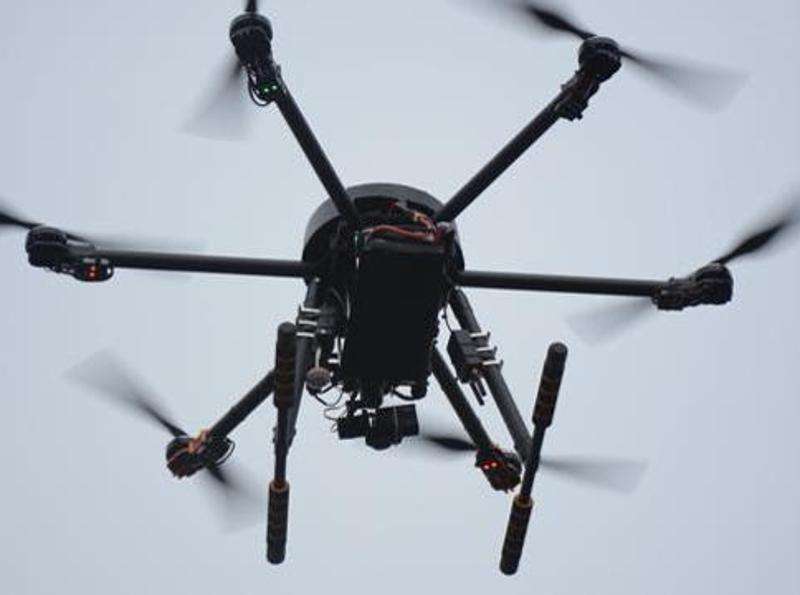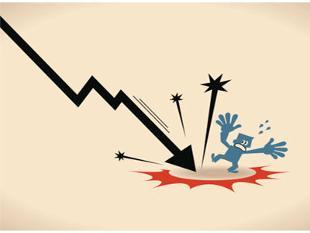August 29, 2016
MUMBAI – Looks like the future of drones in helping highway traffic police catch motorists flouting traffic rules on Mumbai-Pune Expressway is in the dark. After the pilot project resulted in action against 41 motorists for lane-cutting and over-speeding, it may take longer for them to become a permanent part of the highway police machinery.

August 29, 2016
MUMBAI – Looks like the future of drones in helping highway traffic police catch motorists flouting traffic rules on Mumbai-Pune Expressway is in the dark. After the pilot project resulted in action against 41 motorists for lane-cutting and over-speeding, it may take longer for them to become a permanent part of the highway police machinery.

In a report to be submitted to government soon, the state highway authorities are likely to underline some of the problem areas in the implementation of drone monitoring exercise. Among those include inability of the camera installed on device to capture images during heavy rains on expressway, which often witnesses high precipitation during monsoon, leading to accidents.
“The purpose of the drone testing exercise was to see the feasibility of the device during different conditions. During the tests we found that cameras installed on drones cannot work when it’s raining,” said Amol Tambe, Highway (Pune region) Superintendent of Police. Tambe said, soon the report about the drone monitoring exercise will be submitted to government based on which government will decide since when drones are to be deployed on the expressway.
On Sunday, some of the video footage images and still images produced by camera deployed on drones were very blur, pointing to its inefficacy during rain.
Samadhan Pawar, superintendent of police of highway traffic, said, “We used the drones and the cameras to zero in on the errant motorists in a pilot project mainly in the ghat sections of the Expressway. However, the cameras had lots of limitations. They barely work in rains and fog. There were no night vision cameras and hence no action could be taken once it was dark.”
Since the durability of the camera batteries was just 15 minutes, they had to be replaced with new ones every time they were discharged.
“Financial aspect is also one of the important things to be considered. The range of one camera was just 4 kms. So we will need a huge number of these to cover the 94-km stretch. Since we conducted this drive as a pilot project, Aerial Mappers Pvt Ltd provided us the drones for free. So we did not have to spend on them,” Pawar said.
A senior highway traffic police official told Hindustan Times that the expense of using one drone was almost Rs 16,000 a day.
Another official said, another problem could be the height of drones as the device operated on low altitude may distract driver’s attention which may lead to accident. “During low visibility hours, drones may not work from the high altitude. So we may have to lower their height, which can cause distraction to drivers,” the official said.
Amit Bhole, mentor-cum-drone-pilot at Aerial Mappers private ltd, which has been tasked to provide drones, said the drones can produce good results at 30 meters heights. According to Bhole, his team is working on thermal camera which can capture images even during night and rains. “It may take some time for us to get thermal camera installed on drones. Till the time we have to use the existing ones.”
P Joshi, assistant police inspector of highway traffic said, “The drones were mostly used in the areas like Khalapur toll naka, Borghat, Khandala and Loonavala. If any camera spotted a vehicle cutting the lanes or speeding, the officials took a screen shot of that visual and sent it to the officials waiting at the next toll naka on WhatsApp to penalise the driver for violating the norms.”
The expressway has three lanes on each side of the divider. “The first lane (the one adjacent to the divider) is for overtaking. The second lane is for light vehicles and the third is for buses and other heavy vehicles. However, most of the motorists do not follow the rules. They randomly enter the unauthorized lanes and end up hitting vehicles ahead of them,” said Rajendra Awhad, police inspector from the highway traffic.
Courtesy: HT















































































































